1. Netflix
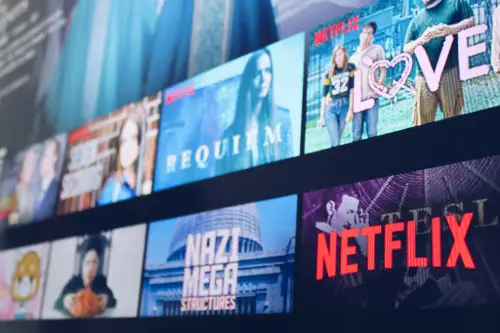
Once the go-to streaming service, Netflix has seen a wave of cancellations, according to Suzanne Blake from Newsweek. In January 2025, the company announced price hikes across its plans, with the Standard plan increasing to $17.99 per month. This move sparked frustration among subscribers, leading many to reconsider the value of their subscription. As a result, a significant number of users have chosen to part ways with the platform.
Additionally, the removal of popular shows and the introduction of ads in certain tiers have contributed to the dissatisfaction. Subscribers feel they’re paying more but receiving less in return. The combination of higher costs and perceived decline in quality has driven many to explore alternative entertainment options. This trend underscores a growing demand for affordable and content-rich streaming services.
2. Amazon Prime Video
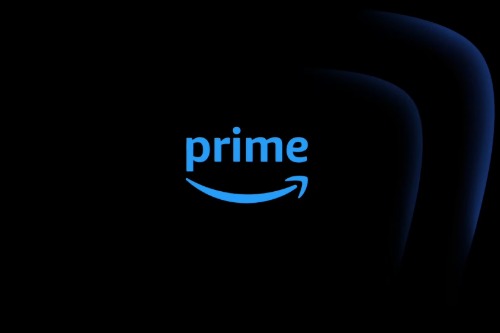
Amazon Prime Video, bundled with the broader Prime membership, has experienced a decline in viewership, according to Erik Gruenwedel from Media Play News. As consumers scrutinize their monthly expenses, some find that they aren’t utilizing the video service enough to warrant the cost. The addition of ads and the option to pay extra for an ad-free experience have further deterred subscribers. This has led to a noticeable drop in Prime Video users.
Moreover, the vastness of Amazon’s content library can be overwhelming, making it challenging for users to find desirable content. Some subscribers feel that the platform lacks the exclusive, high-quality originals that justify the subscription. As a result, they’re redirecting their funds to services that better align with their viewing preferences. This trend emphasizes the need for platforms to offer curated, high-quality content to maintain subscriber interest.
3. Disney+
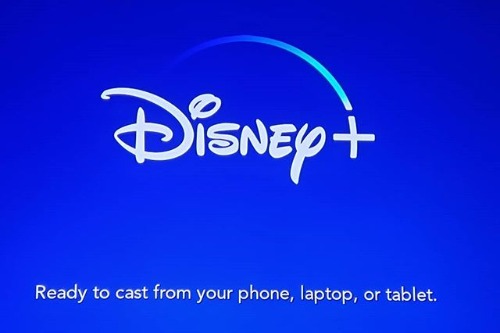
Disney+ entered the streaming scene with much fanfare, but by 2025, some subscribers are questioning its value, according to Hamish Hector from TechRadar. The platform’s focus on family-friendly content, while appealing to many, doesn’t cater to all demographics. Additionally, the release schedule of new content has slowed, leading to periods with few fresh offerings. This has prompted some users to cancel their subscriptions in favor of more diverse content libraries.
Price increases have also played a role in the decision to unsubscribe. As the monthly fee rises, subscribers weigh the cost against the amount of time they spend on the platform. For those who don’t frequently watch Disney content, the expense becomes harder to justify. This shift highlights the importance of diverse and regularly updated content in retaining a broad subscriber base.
4. Spotify Premium
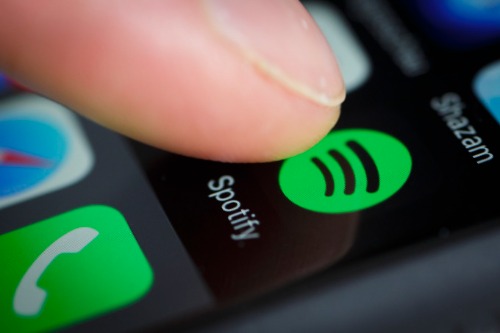
Spotify Premium has long been a favorite for music enthusiasts, offering ad-free listening and offline downloads. However, with the introduction of higher subscription fees and the availability of free, ad-supported versions, some users are reconsidering their need for the premium tier, according to Roland Moore-Colyer from Tom’s Guide. Additionally, competitors like Apple Music and YouTube Music offer similar features, prompting users to explore alternatives. This has led to a decline in Spotify Premium subscriptions.
The platform’s frequent changes to its user interface and playlist algorithms have also caused frustration among users. Some feel that their personalized playlists are no longer as tailored as they once were. This perceived decline in user experience, combined with rising costs, has driven subscribers to seek better value elsewhere. The trend underscores the need for platforms to maintain a balance between innovation and user satisfaction.
5. Hulu
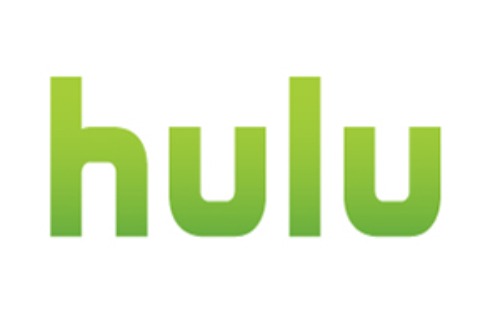
Hulu, known for its vast library of TV shows and movies, hasn’t been immune to subscriber losses, according to Teri Monroe from Beating Broke. With the introduction of more affordable, ad-supported tiers by competitors, Hulu’s pricing has become less competitive. Additionally, some users feel that the content library no longer justifies the monthly expense. Consequently, many are opting to cancel their subscriptions in search of better value elsewhere.
The platform’s frequent ads, even in paid tiers, have been a significant point of contention. Users express frustration over interruptions during viewing, especially when paying a premium. This dissatisfaction has prompted subscribers to seek ad-free experiences on other platforms. The shift highlights the importance of balancing cost, content quality, and user experience in retaining customers.
6. Apple Music
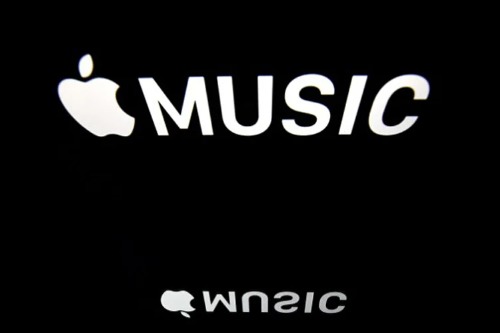
Apple Music, despite its seamless integration with Apple devices, has seen a dip in subscribers. The platform’s higher price point compared to some competitors has led users to question its value. Additionally, the exclusive content that once set it apart is no longer as prevalent. These factors have contributed to a decline in its subscriber base.
Users also cite the platform’s less intuitive interface and occasional glitches as points of frustration. In a market where user experience is paramount, these issues have prompted some to explore other music streaming services. The shift highlights the importance of competitive pricing and a seamless user experience in retaining subscribers. As a result, Apple Music faces increased pressure to innovate and address user concerns to maintain its market position.
7. Cable TV Subscriptions

Traditional cable TV subscriptions have been on the decline for years, and 2025 is no exception. With the rise of streaming services offering more flexible and affordable options, many Americans are cutting the cord. The high cost of cable packages, often bundled with channels viewers don’t watch, has become increasingly unappealing. This has led to a significant number of households canceling their cable subscriptions.
Additionally, the convenience of on-demand viewing without commercials has made streaming services more attractive. Viewers appreciate the ability to watch their favorite shows and movies at their own pace. The shift away from scheduled programming reflects a broader desire for personalized entertainment experiences.
8. Xbox Game Pass
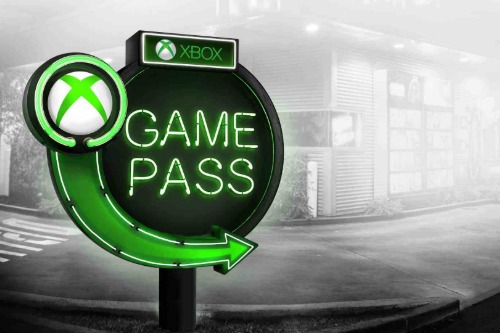
Xbox Game Pass was once a must-have for gamers, offering access to a vast library of titles for a monthly fee. However, in 2025, price increases and the removal of some popular games have led to frustration among subscribers. Many gamers are realizing they don’t play enough of the available titles to justify the cost. Instead, some are choosing to buy games individually or switch to competing services with better deals.
Additionally, Game Pass now faces stiffer competition from cloud gaming and other subscription models. As more gamers embrace free-to-play titles and one-time purchases, the appeal of a monthly subscription has diminished. The unpredictable rotation of games has also been a sticking point, with users frustrated when their favorites disappear. These factors have contributed to a steady drop in Game Pass subscriptions.
9. Peloton Membership

Peloton saw a massive surge in popularity during the pandemic, but in 2025, many subscribers are canceling their memberships. With life returning to normal and gym attendance rising, fewer people feel the need for an expensive at-home fitness subscription. The company has also raised its monthly fees, making it harder to justify the cost. As a result, many are opting for cheaper alternatives like YouTube workouts or basic gym memberships.
Another issue is the saturation of the market, with plenty of competitors offering similar virtual workout experiences at lower prices. Some former Peloton users also feel burned by the company’s declining equipment quality and frequent subscription changes. While Peloton still has a loyal fanbase, it’s clear that many are looking for more cost-effective ways to stay fit. The shift reflects a broader trend of consumers cutting back on premium fitness expenses.
10. New York Times Digital Subscription
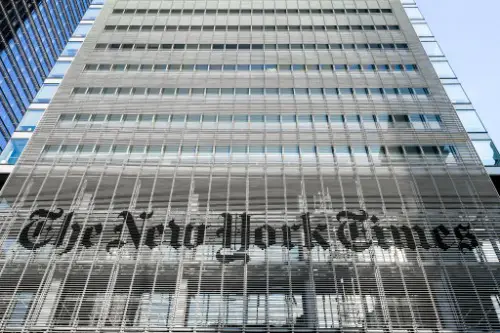
The New York Times digital subscription was once seen as a must-have for staying informed, but many Americans are ditching it in 2025. Rising subscription costs and the availability of free news sources have made people reconsider their need for a paid news service. While some still value the in-depth journalism, others feel that enough quality news is accessible elsewhere. This shift has led to a noticeable drop in digital subscriptions.
Additionally, the Times has implemented stricter paywall measures, frustrating casual readers who only want occasional access. Many users now rely on alternative news sources, social media, and free articles from competing publications. The trend highlights a broader issue: consumers are becoming more selective about which media subscriptions they keep. As subscription fatigue sets in, paid news services are struggling to retain their audiences.
11. Patreon Subscriptions
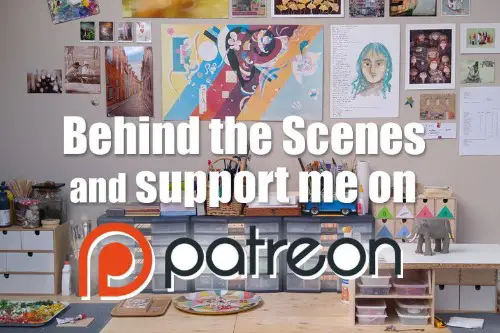
Patreon has been a popular way for fans to support their favorite creators, but in 2025, many are tightening their wallets. With the cost of living rising, consumers are cutting back on non-essential spending, and small monthly donations add up quickly. While people still appreciate their favorite content creators, they’re less willing to pay for exclusive perks. This has led to a decline in Patreon memberships across various creator communities.
Another challenge is the growing number of alternative monetization methods, like ad-supported content and direct sponsorships. Some creators have moved to platforms like YouTube or TikTok, where their content is free to access but still profitable. As a result, many fans feel less pressure to support them financially. This trend is a reminder that subscription-based support models are vulnerable during economic downturns.
12. Meal Kit Delivery Services
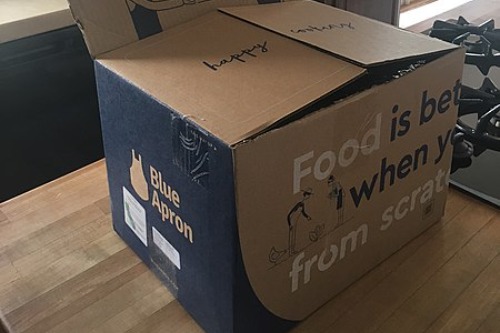
Meal kit services like HelloFresh and Blue Apron saw a boom in popularity a few years ago, but many Americans are canceling their subscriptions in 2025. Rising grocery prices have made people more budget-conscious, and meal kits are often more expensive than buying ingredients separately. While the convenience is appealing, many users have realized they can cook similar meals for a fraction of the cost. This has led to a decline in meal kit subscriptions.
Additionally, meal kits generate a lot of packaging waste, which has turned off environmentally conscious consumers. Some users also complain about repetitive menus and inconsistent ingredient quality. As people look for ways to save money and reduce waste, meal kits are becoming less of a priority. This shift signals a growing preference for cost-effective and sustainable home-cooking solutions.


